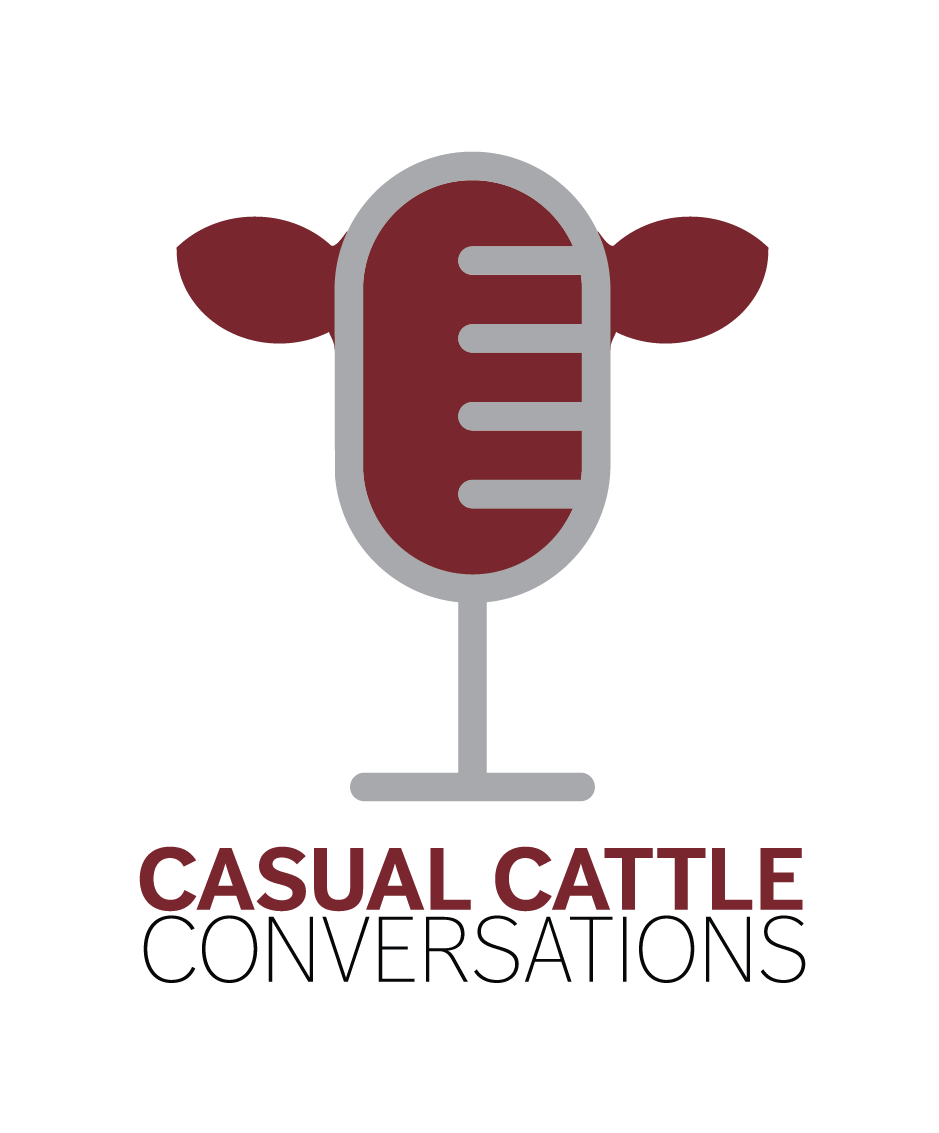Are You Wasting Money on Vaccines? Proper Protocols Explained
Herd health and vaccination protocols are critical to the success of ranches across the country. But there are common handling and usage mistakes that can lead to vaccines being less effective or completely ineffective. Blane Lowe, DVM joined me for a conversation on the Casual Cattle Conversations podcast to share tips and strategies to help ranchers see a return on investment from their vaccine protocol.
Dr. Lowe has built a career and lifestyle around veterinary medicine, research and animal health.
“The vaccination program is a fairly small cost in relation to all the other inputs and costs associated with our cows and preventing disease is going to help them perform,” says Lowe.
Even at a low cost it is important vaccines are handled appropriately. Blane says,“The most expensive vaccine you’ll find is one that doesn’t work.” Simple errors in handling vaccines can contribute to these expensive outcomes.
The first tip Dr. Lowe shares is to read the label. “Labels are being updated continuously, so if you read a label two years ago for a product something might have changed for how to best use it today,” says Lowe. Additionally, avoid shortcuts such as mixing multiple vaccines together. Blane says, “If you can combine those products, the companies will do that which they certainly have, in the past, with things like viral BRD vaccines and manhemia.”
How vaccines are stored and used on working days also impacts vaccine efficacy. Specifically with modified-live vaccines, how you mix the solution matters. Blane says, “If you are shaking the solution hard enough to get bubbles, you are probably denaturing some of the vaccine and rendering it un-useful.” Blane suggests gently inverting or swirling the solution instead.
Additionally, only mix what you’ll use within the hour and keep all vaccines out of the sunlight and at the right temperature. In northern climates, this means being mindful of vaccines freezing too.
When administering the vaccine, be sure to use sharp needles of the appropriate length and designate one syringe per vaccine type to prevent cross-contamination of your vaccine.
After all the cattle are through the chute, take the time to clean syringes right away. Blane reminds people not to use soap or disinfectant and instead to use hot water. “Three to five flushes of hot water over 180 degrees will thoroughly clean your syringes,” says Lowe. Disassembling and boiling them is also an option.
Outside of basic handling and cleaning, vaccine efficacy can also be dependent on the weather and current stress load of the animals. “If the weather is not agreeing with you, try to postpone it for a day if you can,” says Lowe. This is especially important to consider for wet-hided animals.
Of course, all these vaccine handling tips don’t matter if the proper vaccines are not being administered. Blane says, “The producer needs to view the veterinarian as more than the person you call when things go wrong.” Both parties should take the time to discuss the goals of the entire operation and immunity challenges that may arise.
Blane says, “Our industry does a remarkably good job at producing beef and part of that is managing immunity.” Take the time to review your herd health protocols with your veterinarian and review BQA materials to be prepared for any challenges that may come your way and boost performance in your herd.

